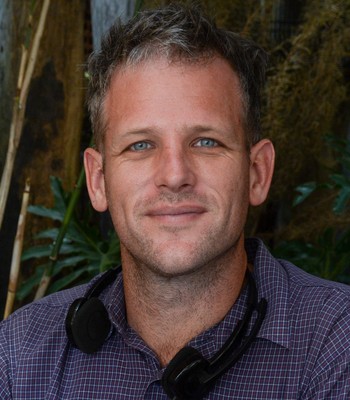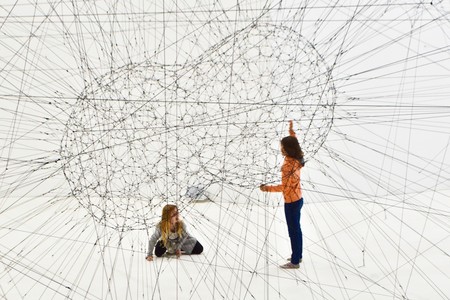The term “sustainable” is now ubiquitous across society, yet its actual meaning is elusive and often misunderstood. For example, despite the common assumption, there’s no such thing as a sustainable product or service per se. Instead, it’s the complex set of actors, objects, and interconnected relationships – the entire system in which something exists – that can only be defined as sustainable (or not.)
Understanding the anatomy of a system is the first step in systems thinking and starting to understand this complexity. This article, originally published as a 3-part series on Sustainable Vietnam, outlines these three level and how to start thinking in systems:
- The system level
- The network level
- The object level
To accurately assess a system from every possible angle, and design and strategize for sustainability, we must use systems thinking. SiD has made this clear by using the the SNO (System-Network-Object) Hierarchy, part of the Symbiosis in Development (SiD) integrated system thinking framework.

Thinking in Systems Part 1: the System Level
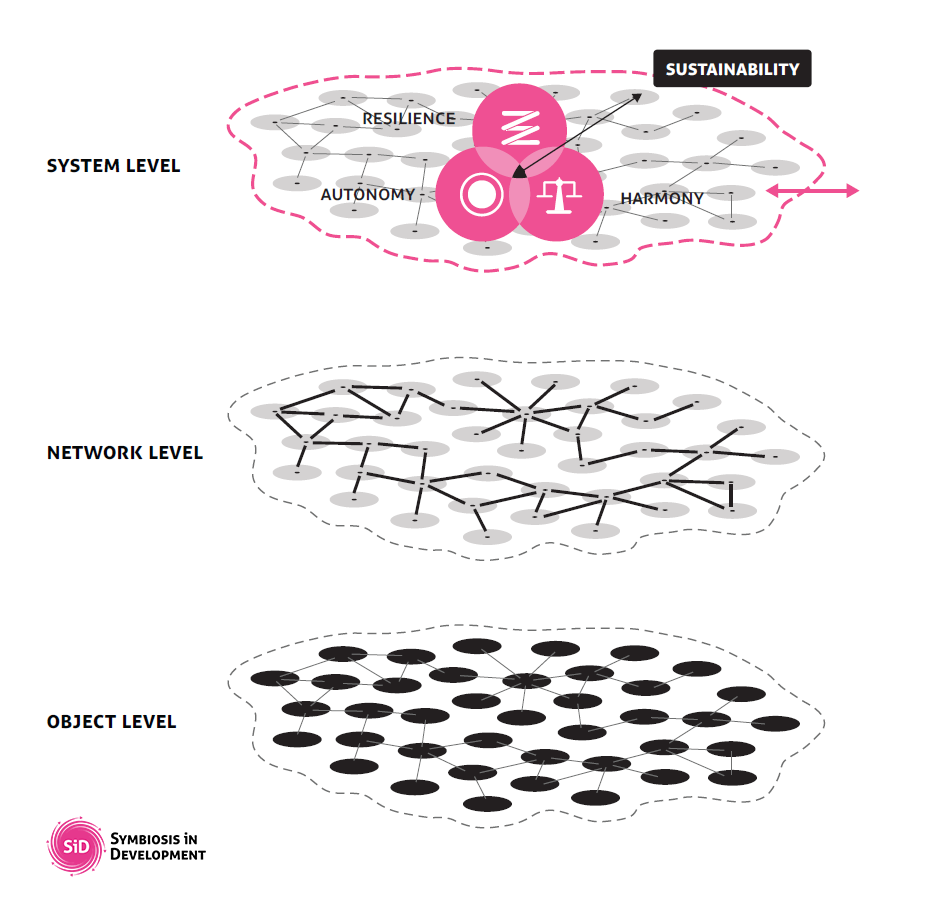
A system, put simply, is composed of individual parts and interactions that produce some result or outcome. The human body is a prime example of a dynamic and resilient system we can all relate to. A community, a nation’s food supply, or a product’s life cycle are similarly complex systems, meaning they are in a constant state of adaptive transformation. Sometimes systems collapse. A sustainable system is resilient enough to continue performing its intended function (though this can also change over time.)
The System Level: Setting Boundaries
The system level of a ‘system’ refers to the determined limits of a system. It sets a focus for analysis and limits what to include to avoid never-ending deliberation. It contains both the network and object levels.
A system’s boundary can be a region’s borders, a timeline, or a product’s life cycle. As they are dynamic and effectively ‘living’ in reality, the parameters of a system are constantly shifting. Likewise, boundaries need to be reassessed and can also change over time.
A Dynamic and Adaptive Edge
It’s important to have limits to a system before analysis. However, due to behaviors like a change in climate, new or obsolete roles, or the birth and decay of natural resources, this defined ‘edge’ must be flexible – particularly in the beginning.
For example, an urban planner studying the transportation network of a particular neighborhood must look beyond the immediate community and include the surrounding region or the entire city of which the district is intrinsically a part.
As an assessment moves on, the system’s limit can be modified to allow for simplification or, in some circumstances, include more factors. When beginning, and to ensure all relevant aspects are captured, it’s recommended to create a system’s boundary at least one step beyond the assumed boundary of the issue.
Crafting sustainable systems
Understanding systems is one thing. Making them sustainable is another. The SiD framework helps to analyze the current state of the system, which then provides insight in how to act to increase the sustainability of it. It regards three main optimization areas that each influence each other; the system's Resilience, the system's Autonomy, and the system's Harmony. Resilience defines the ability of a system to withstand unexpected events from outside. Autonomy determines the capability for the system to take care of its continuing needs. Harmony defines the ability of the system to withstand internal collapse through conflict inside the system.
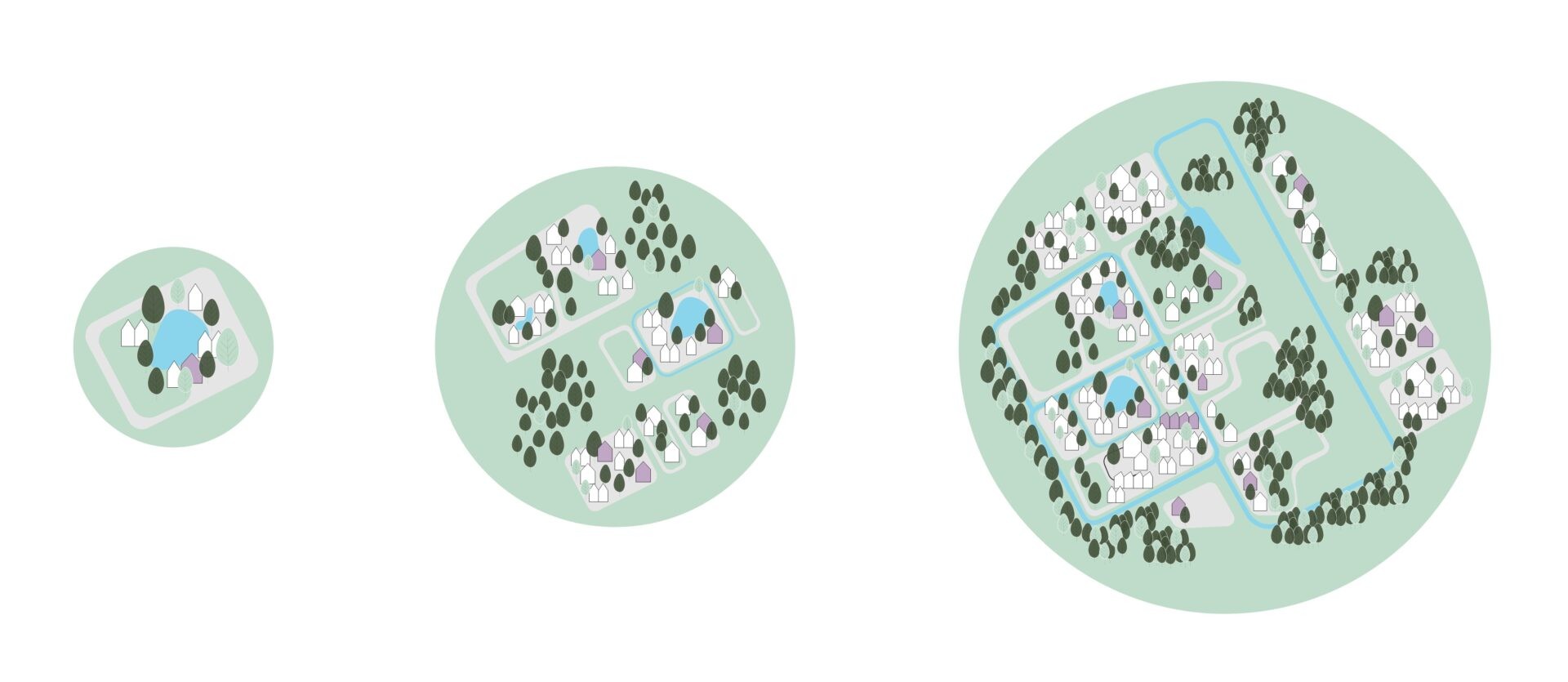
Externalities Beyond a System
A system’s boundary simplifies the scope of analysis and is essential, though it must remain flexible, primarily to include and account for externalities. Externalities refer to unintended or unaccounted consequences from production, consumption, or operations that affect factors beyond a defined system. Generally, this refers to effects on natural resources, public health, and well-being and revealed in outcomes like pollution, deforestation, or diminished human rights.
In summary
The system level is the most abstract of the three layers but is where impacts are most apparent. Therefore, it can be the most insightful. For a complete systems analysis and a shift toward systemic and integrated sustainability, it’s vital to define and evaluate a system’s boundary. However, to account for dynamic change and external effects, the exact edges of a system must remain flexible and dynamic. The next installment on the anatomy of a system will discuss the “object level.”
Thinking in Systems Part 2: the Object Level
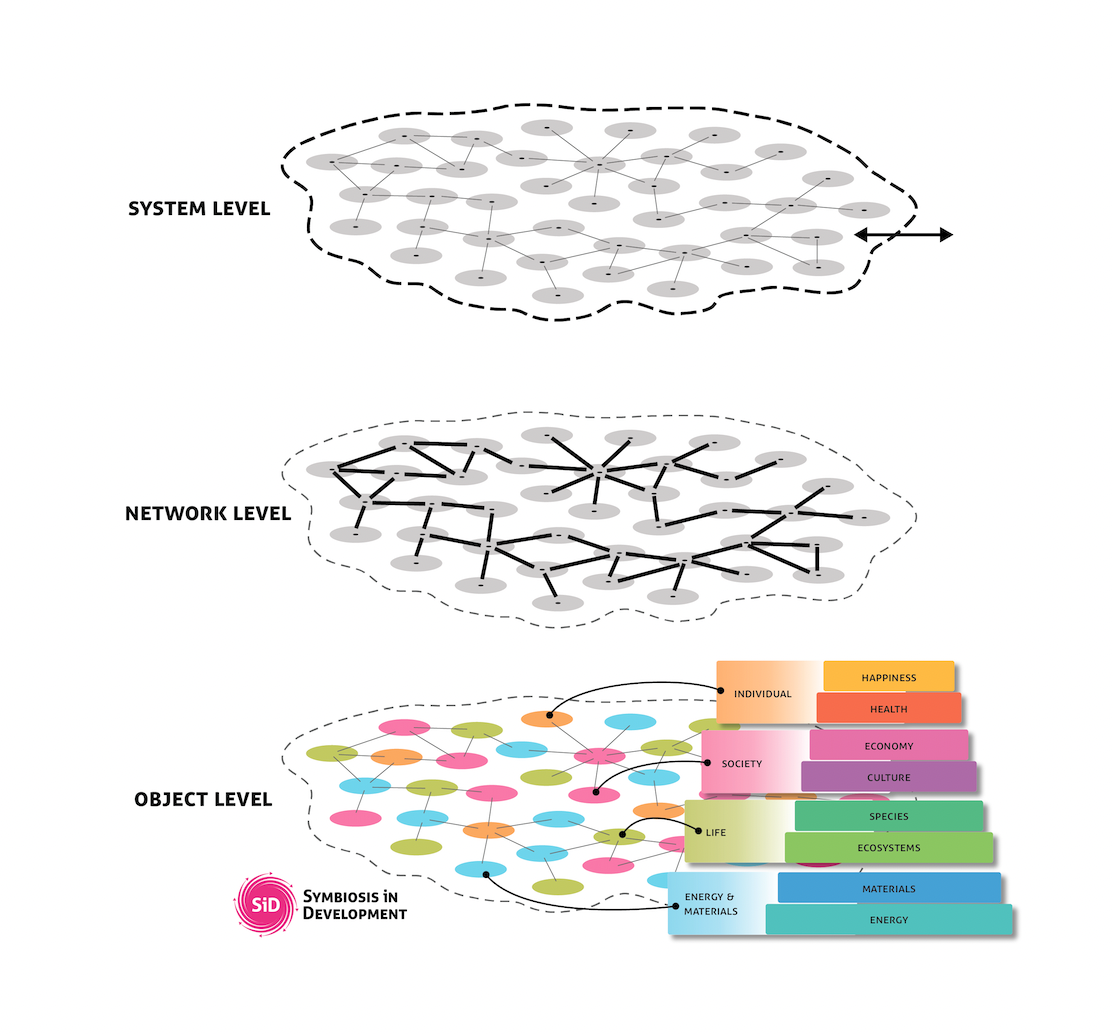
Whether well-versed or just beginning to learn about systems thinking, it’s often a confusing and complex endeavor. However, it’s essential to grasp – especially if one is to understand how the world works and implement truly sustainable change.
The previous part introduced the concept of a system, the SNO (System, Network, Object) hierarchy utilized in the SiD integrated systems thinking framework, and discussed the importance of setting a system’s boundary. The object level is the next level to introduce.
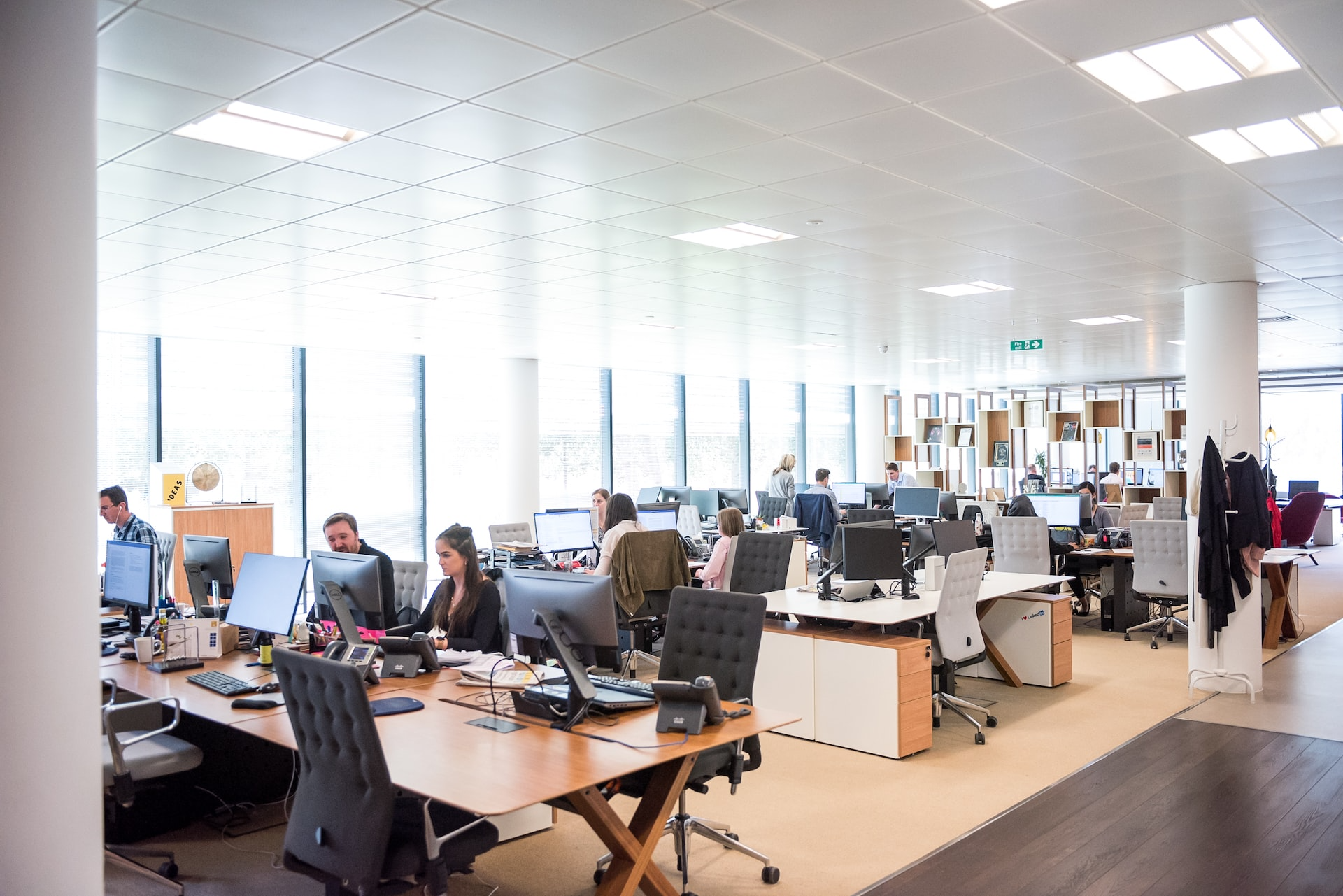
Defining objects (almost) as simple as it seems
To put it simply, the “object level” encompasses all the physical and material things we see around us. For example, if we take an office space, the objects are everything you can point to and name, such as the building, furniture, carpets, equipment, people, notebooks, etc. The properties of these objects are generally defined by size, mass, color, and material composition and rarely change unless via an external force.
This object level is where sustainability is commonly encountered or approached through sustainable development, addressing things such as energy use, materials, economic impacts, and climate change.
The Triple Bottom Line, also referred to as the “Three P’s” (People, Planet, Profit), emerged in the early days of sustainability science and is still used to categorize sustainable projects. While impactful, this approach covers too few categories, masks the complexity and interconnectedness of systems, and falls short as a tool for a complete systems approach to sustainable analysis and design.
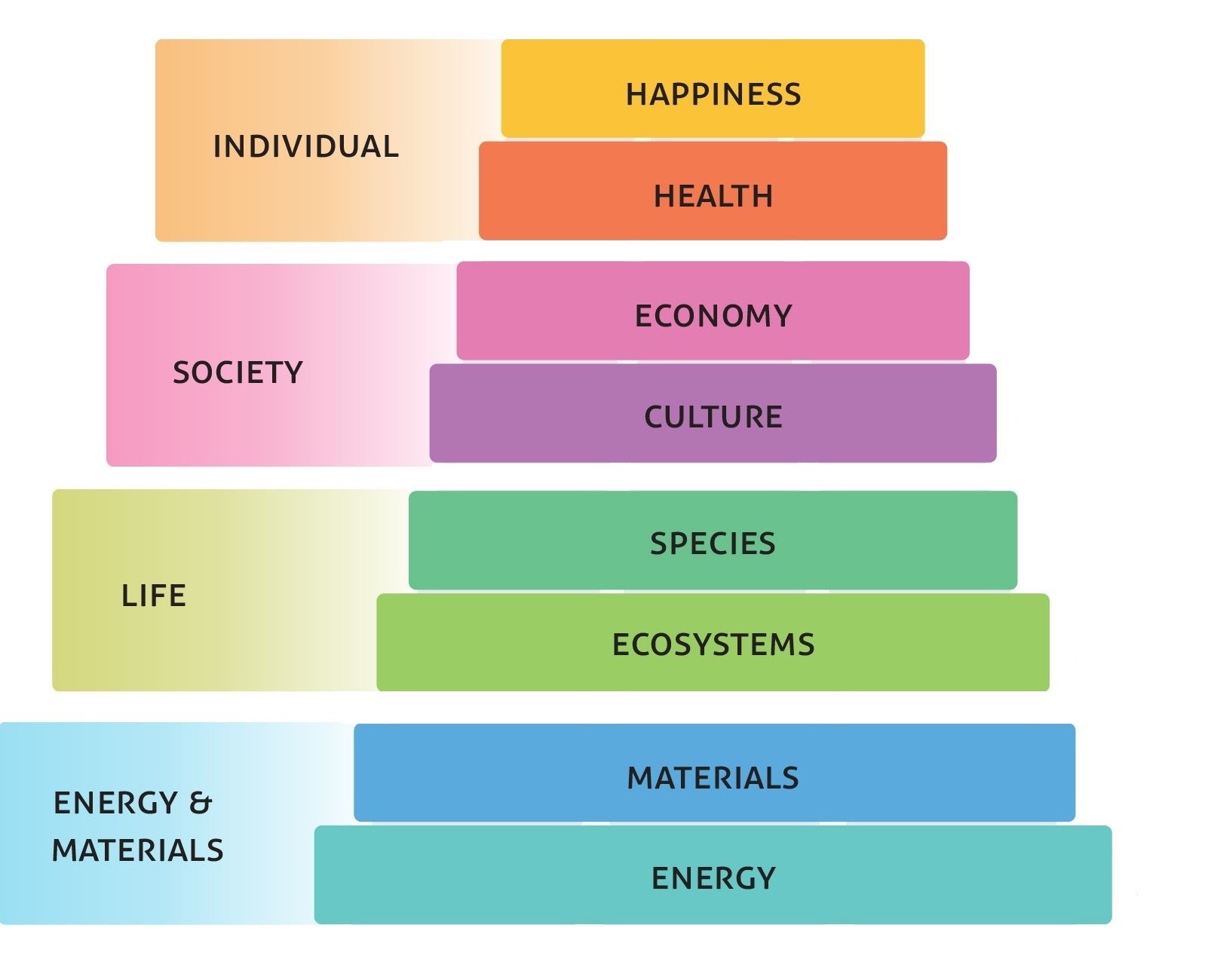
Categorization From a Systems Thinking Perspective
For genuinely sustainable analysis and solutions, the objects within a defined system need to be known, observed, and understood in relation to each other. Not all things can or should be accounted for – only as many are relevant to the specific issue.
For example, a hospital’s focus may be the number of available beds and the patient recovery rate. A marketing project would instead focus on how outreach and behavioral impacts.
Because of the almost limitless variety of ‘objects’ across projects, it’s impossible to define a standard set of indicators. Nevertheless, it’s essential to account for the full spectrum of societal impacts, and the most efficient way to do this is via a categorization tool.
A categorization tool can be helpful as a guide to map and develop relevant indicators that fit each unique task and help develop roadmaps to genuinely sustainable actions and outcomes – as long as the tool covers the entire system to be analyzed.
Summary
After setting a system’s boundary, it’s essential to recognize the objects within said system related to the issue or project at hand. The physical nature of these objects makes them reasonably easy to identify and understand.
Still, categorization tools, such as the ELSI stack, can guide to ensure the entire spectrum is covered and holistic and truly sustainable solutions are one step closer. Everything else in a system you can’t see is likely to be a relationship and is part of the Network level, which we will discuss in the next and final installment.
Thinking in Systems Part 3: the Network Level
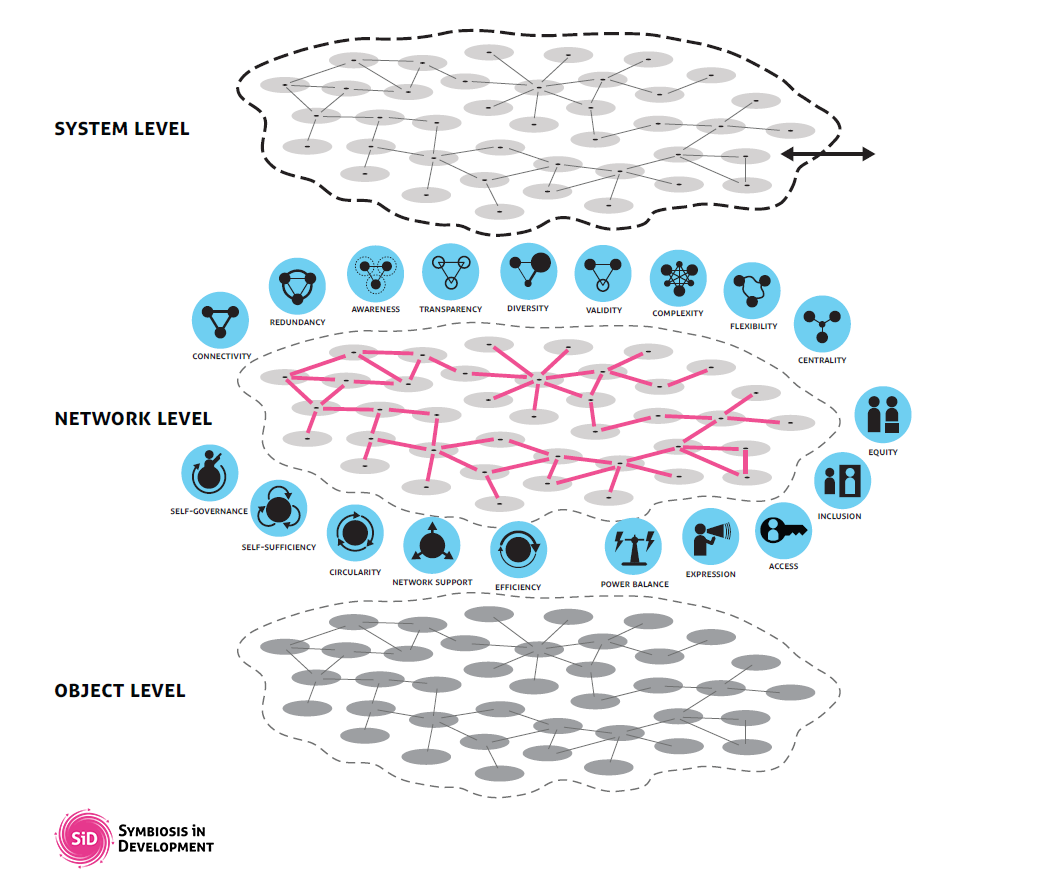
How sustainable a system is and its ability to maintain itself over time and perform the same or similar function is not found in any object or thing. Instead, this elusive goal lies within the ‘network’ of connectivity and interactions that are embedded, but often unseen, among the material world.
This article is the final installment in the three-part series outlining the anatomy of a system and provides insight into how to begin approaching systems thinking. Building upon the system and object levels, this piece focuses on the network level, accounting for everything we can’t see, such as information and ideas, resource flows, laws, regulations, trade, and economic activity.
Interconnected flows and relationships
The network level refers to the myriad of complex interactions and behaviors within any system – sometimes referred to as ‘relationships’ or ‘flows.’ In some cases, such as work related to social dynamics, it’s helpful to think of these connections as ‘values.’
Regardless of what we may call them, these flows are not physical, so they remain abstract and challenging to observe. However, some aspects are easier to understand than others. For example, we’re pretty used to thinking about networks regarding communications, transportation, and the exchange of goods and services. However, the network level extends well beyond this to capture all the flows within a system, including less familiar things such as cultural norms, traveling times, and availability of fresh produce.
A straightforward example of understanding the network level is looking at the interactivity and the relationships within the bounds of a family home, where the parents, children, and pets are objects within the system. The interactions and communication between them represent the complexity of interactions recognized within the network level.
Unconditional love and supportive communication help to bolster the resilience of the family. On the other hand, if interactions between members disturb the harmony and sew distrust, it can cause instability. Like systems in the world around us, the sustainability of a family unit is only truly tested at times of disturbance, usually from an external force.

Ever-changing network properties
The network properties of a system refer to the collection of relationships and interactions between objects within a physical space and across time. These flows are transient, dynamic, and often subjective, so systems need to be regularly assessed and analyzed.
Changes to a network’s properties can also affect the object level. For example, constructing a new school far away from a particular community will increase travel frequencies, distances, and times. Subsequently, this could cause the need to add more buses to a fleet, raise emissions, and potential additions to the road network. In turn, this change to the object level can reinforce the network in terms of increased social connectivity, employment opportunities, and more equitable access to education.
In summary
The network level conceptualizes the vast collection of relationships, interactions, and flows between all objects in the system. Because it is unseen and dynamic, the network is the most abstract level in systems thinking and analysis, but it is where genuine sustainability is realized.
This article concludes the series on the introduction to thinking in systems using the SNO hierarchy from the SiD integrated systems thinking framework. I hope it’s been insightful as to why it’s essential for building the foundations of a sustainable and resilient future and inspires your journey into the vast world of systems thinking.
To dive deeper into the world of systems innovation, systems thinking and Symbiosis in Development, check out the SiD website: www.thinksid.org. SiD is open source and freely available.
March 28, 2023


